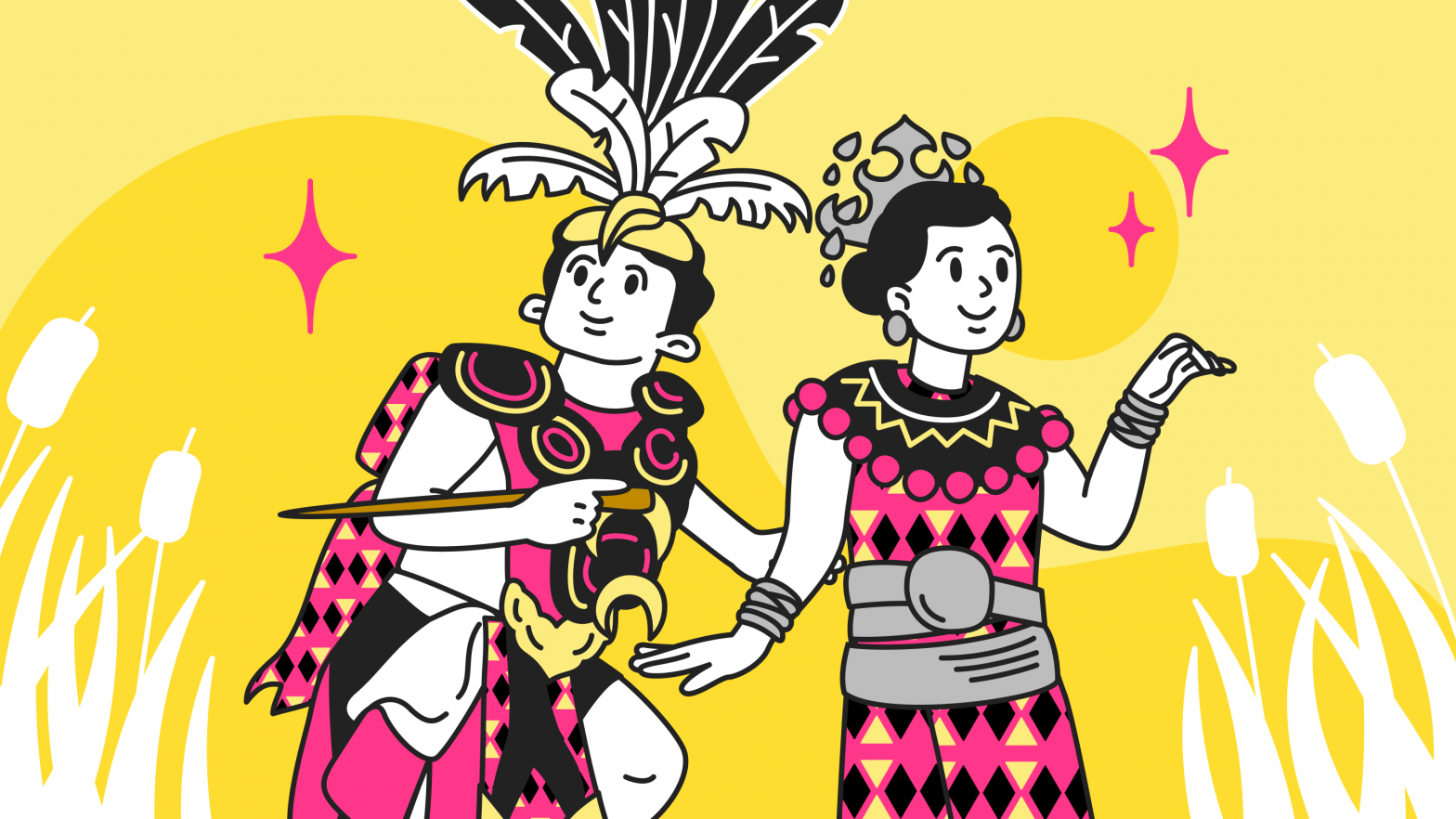Diving into the differences and similarities of the two harvest festivals
Malaysia’s cultural diversity shines brightest during its many festivals, and in East Malaysia, Pesta Kaamatan (Sabah) and Hari Gawai (Sarawak) stand out as vibrant celebrations of harvest, community, and tradition. They are living celebrations of Malaysia’s rich indigenous heritage.
While many in Peninsular Malaysia may be more familiar with Hari Raya, Chinese New Year, and Deepavali, these harvest traditions in East Malaysia hold equally profound cultural significance. From ancient rice rituals to joyous open houses that welcome all, Kaamatan and Gawai teach us timeless values of thankfulness, unity, and respect for the land.
As Malaysia grows ever more connected, understanding and appreciating these festivals is not just about cultural awareness – it is about recognising the threads that truly weave us together as a nation.
Let’s join Ouch! in diving into the basics of the traditions and rituals of these two harvest festivals.
Getting to know the festivities
To many in Peninsular Malaysia, Pesta Kaamatan and Hari Gawai might seem like similar celebrations – vibrant East Malaysian festivals filled with culinary delight, traditional dances, and communal feasting.
Yet, beneath the surface, these two harvest festivals carry distinct histories, rituals, and cultural meanings. While both honour the land’s bounty and strengthen community bonds, Kaamatan (central to Sabah’s Kadazan-Dusun traditions) and Gawai (rooted in Sarawak’s Dayak heritage), each tell their own unique story.

- Cultural origins
- Pesta Kaamatan is Sabah’s harvest festival, celebrated by the Kadazan-Dusun, Murut and Rungus communities. Kaamatan honours the spirit of Huminodun and includes ceremonies led by priestesses (Bobohizan).
- Hari Gawai is primarily celebrated by Sarawak’s Dayak communities (Iban, Bidayuh and Orang Ulu). It marks the end of the rice harvest season with feasts, dances and rituals.
- Key rituals & traditions
| Hari Gawai | Pesta Kaamatan |
| Miring: A thanksgiving ceremony with offerings to deities and ancestors | Magavau: A ritual to ‘call back’ the rice spirit for future harvests |
| Ngajat dance: Warrior-like performances symbolising strength and celebration | Sumazau dance: Slow, graceful movements mimicking birds in the rice fields |
| Tuak (rice wine): The cultural drink signifying cultural hospitality, shared among guests | Tapai (fermented rice): A slightly tangy traditional drink |

Similarities that unite them
- Culinary feast
- A Malaysian festivity is not complete without a culinary feast. Like Hari Raya, Chinese New Year or Deepavali, these harvest festivals also offer a culinary delight for the senses, featuring unique dishes such as Sabah’s hinava (marinated raw fish) and bambangan (wild mango pickle); as well as Sarawak’s pansuh dish (meat cooked in bamboo) and manok kacangma (herbal chicken dish). Food at these festivities is not just about taste, but also a way of bringing people together.
- Allah has mentioned in the Quran, “O humanity! Indeed, We created you from a male and a female, and made you into people and tribes so that you may get to know one another…” (Al-Hujurat, verse 13). Through this verse, we are encouraged to get to know and respect each other’s culture, even when differences exist between us.
- Music, dance, and storytelling
- Traditional dances such as Sumazau and Ngajat are always performed at these festivities, but they are more than just entertainment.
- These dances carry with them the stories of history, bravery, and harmony with nature that are embedded in the communities’ traditions and lifestyle.
- Open houses and community spirit
- Think we are done with open houses? Not yet! Hari Raya is not the only festivity that has open houses. These harvest festivals in Borneo welcome neighbours of all races and religions to join in on the celebrations, embodying Malaysia’s muhibbah spirit.
Separated by mountains but united in spirit, Kaamatan and Gawai are two melodies in the same song of thanksgiving. One sways to the drumbeats of Sabah’s valleys, the other rings with the gongs of Sarawak’s rainforests. Yet both sing of the same truths: that food tastes sweeter when shared, that dances grow livelier with more hands joined, and that a harvest, whether of rice or relationships, is only as rich as the community that tends it.
These festivals teach us that gratitude transcends culture, whether expressed through harvest festivals or daily Islamic practices, and unity is found in celebrating our differences.
Kotobian Tadau Kaamatan and Gayu Guru Gerai Nyamai! May we always remember the value of thankfulness, in every tradition we honour.
Find out more about Pusara Pro by clicking here or download the Ouch! Takaful mobile app from the Google Play Store or Apple App Store today.
Disclaimer: The information in our blog articles and provided by our brand ambassadors/KOLs is for general insights only and not legally binding. We strive for accuracy but cannot guarantee the information’s completeness or reliability. For legal matters, consult official documents or contact an authorised Ouch! representative.
